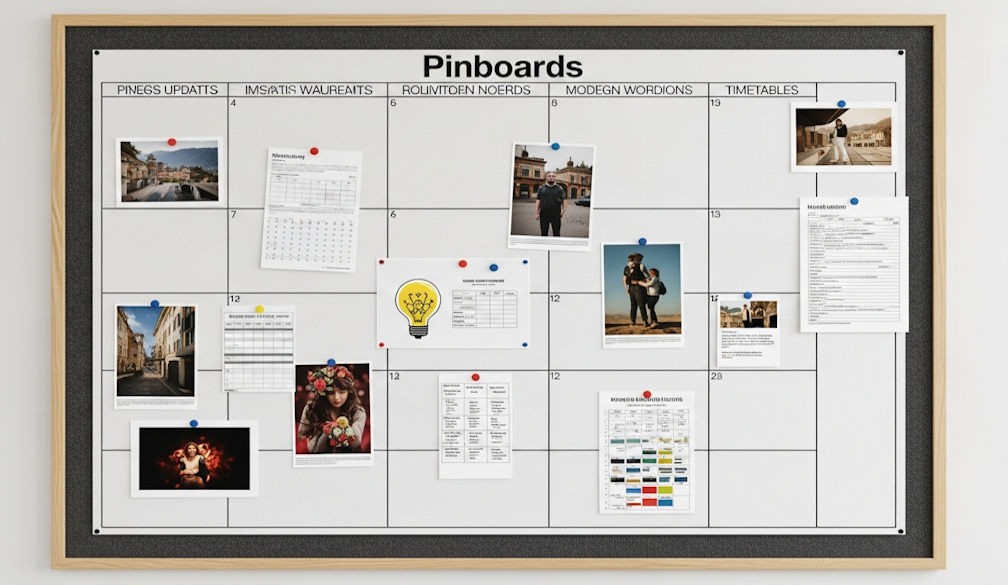I’m taking antibiotics – when will they start working?
- Written by Christine Carson, Research Associate at the University of Western Australia, University of Western Australia
So you’ve got an infection (probably), feel terrible, saw your doctor and now have a freshly filled prescription for antibiotics. Once you start taking them, when will you feel better?
This is difficult to predict. Each infection is different because the combination of bacteria, infection type, your immune response and the point in time that you start taking the antibiotic can all vary and impact, or add to, their effects.
Selecting the right antibiotic (if you need one at all)
Antibiotics are only useful for treating infections caused by bacteria, not viruses or fungi. Hopefully, the doctor has correctly assessed your illness as likely due to infection caused by bacteria, and that the type of bacterial infection you have is one that benefits from treatment with antibiotics. Some don’t. It’s unlikely antibiotics will work for infections such as uncomplicated, acute otitis media, (a middle ear infection) in people older than two, or acute bacterial rhinosinusitis.
Read more: My child has glue ear – what do I do?
Also, not every antibiotic works for every infection. There are broad spectrum antibiotics (such as macrolides and quinolones) that work against a wide range of bacterial types. Narrow spectrum antibiotics are only effective against some bacteria. For instance, the older penicillins (such as benzyl penicillin), are used to treat infections caused by the gram positive bacterium Streptococcus pneumoniae, and have much less effect on other bacteria.
Even if an antibiotic was once effective against a specific bacterium, it may no longer be, as the bacteria may have become resistant to that antibiotic. For example, gonorrhoea used to be reliably treated with a single type of antibiotic. Now, because of antimicrobial resistance, the recommendation is for therapy with two types of antibiotic. Bacterial resistance to antibiotics, or antimicrobial resistance, is a significant and growing problem.
So how does the doctor select the “right” antibiotic for you? In a perfect world, antibiotic treatment choices are carefully constructed from a combination of information about the patient, the nature of the infection, the species of bacteria causing the infection and the confirmed activity of the selected antibiotic against that bacterial species.
Read more: We know _why_ bacteria become resistant to antibiotics, but _how_ does this actually happen?
 Not every antibiotic works for every infection.
from shutterstock.com
Not every antibiotic works for every infection.
from shutterstock.com
But identifying the bacteria and assessing the antibiotic activity against these bacteria require extensive lab tests. This process currently takes two-to-four days, which isn’t much help if you’re the sick patient sitting in front of your doctor seeking treatment now. Faster tests are under development but so far, none can definitively confirm bacterial infections and pick the right antibiotic to use during the first visit to the doctor.
What happens in practice is you receive educated best-guess therapy. Having assessed your illness as probably a bacterial infection requiring antibiotics, and without the benefit of any lab test results, the doctor prescribes the “best guess” antibiotic therapy for that infection. It is a highly educated guess based on the patient’s signs and symptoms, the doctor’s clinical knowledge, as well as their knowledge of local antimicrobial resistance trends. But it’s a guess nonetheless.
So, when will I start to feel better?
So, in the event you do have a bacterial infection, were prescribed the “right” antibiotics and have started taking them – when will you feel better?
The goal of antibiotic treatment is to get rid of the illness-causing bacteria. Antibiotics either kill bacteria (bacteriocidal) or stop them from multiplying, without necessarily killing them (bacteriostatic). Either way, antibiotics begin to act from the moment you start taking them, stopping or slowing the bacteria from dividing.
Some bacteria may be less affected than others and may take longer to be adversely affected by the antibiotic. Bacteria such as Pseudomonas aeruginosa cause infections that are notoriously difficult to treat, and these infections may be slow to respond to antibiotic treatment even if the most appropriate antibiotic is used. Each of the bacteria causing your illness contributes to your feeling unwell. The fewer remaining, the better you are going to start to feel.
But feeling unwell is not just down to the bacteria. Your body responds to infection by mounting an immune response. This may be directed at the infecting bacteria, to any of your own tissue that has been damaged by the infection, or both, all of which leaves you feeling generally unwell. So, while antibiotics attack the underlying cause of the infection, there are other things going on too.
Read more: Explainer: how does the immune system work?
Even once the antibiotics have started work on the bacteria, your body has to tidy up the aftermath of the infection. Your immune system mops up the damage and debris that occurred during the infection. That includes the broken bits of damaged or dead bacteria and similarly, any fragments of your own damaged tissue.
While your immune system is starting to take over responsibility for clearing up, your body also needs to repair the damage done during the infection by the bacteria or your immune system. The overall effect is that you may feel tired and generally unwell for some time even though the antibiotics have begun to work and the infection is resolving.
Feeling worse?
More important, perhaps, than when you’ll start feeling better, is what to do if you begin to feel worse. Depending on the severity of your infection, if you are feeling worse after one to two days of taking antibiotics, or less time if you have worrying new symptoms, you should go back to your doctor. Preferably it should be the one you saw the first time.
The information available to the doctor from your two visits, combined with any lab test results that may have come through, will assist in deciding whether the first diagnosis was correct, if you’re on the right antibiotic or need a different one or any antibiotic at all.
Authors: Christine Carson, Research Associate at the University of Western Australia, University of Western Australia
Read more http://theconversation.com/health-check-im-taking-antibiotics-when-will-they-start-working-107528



















